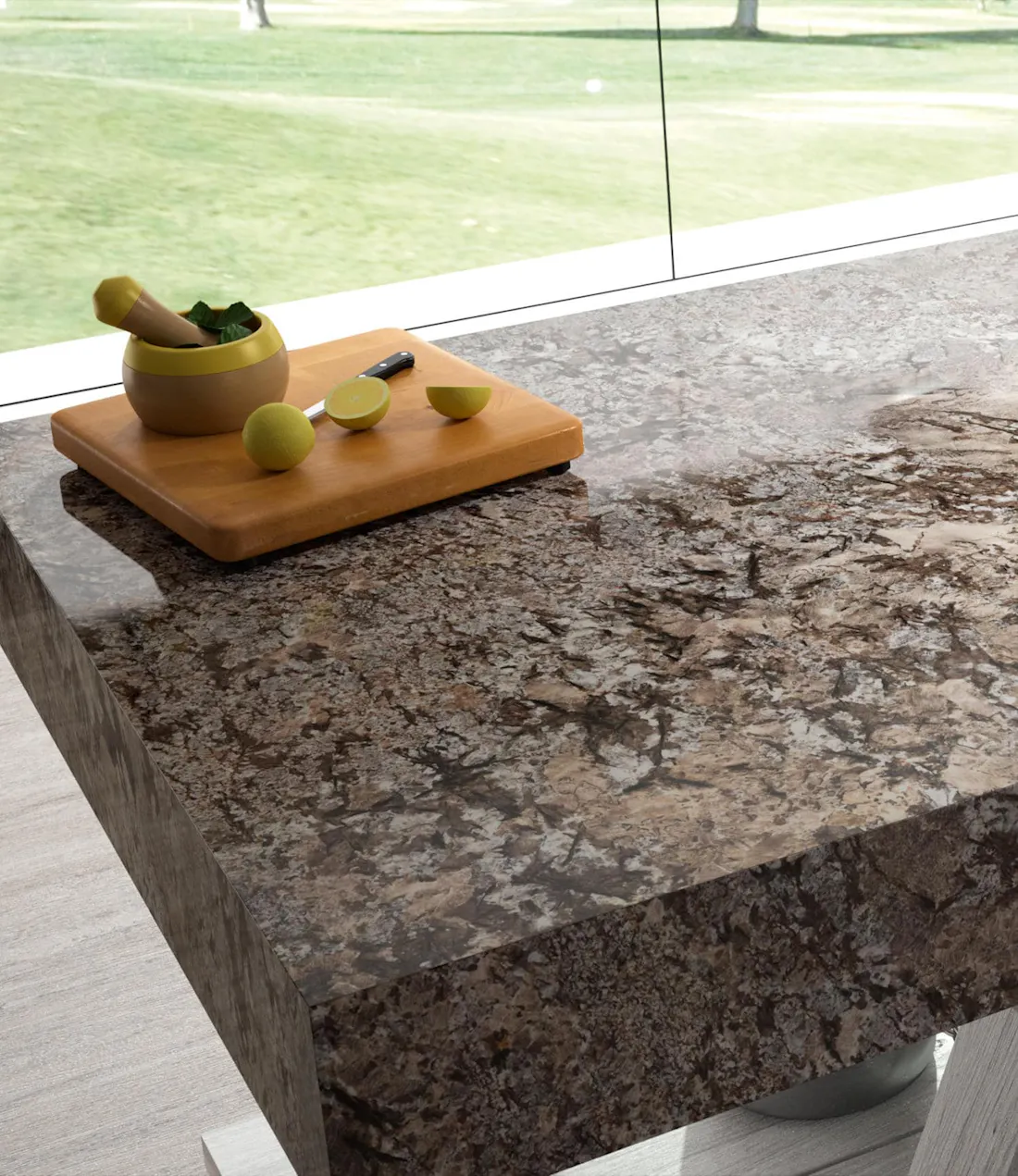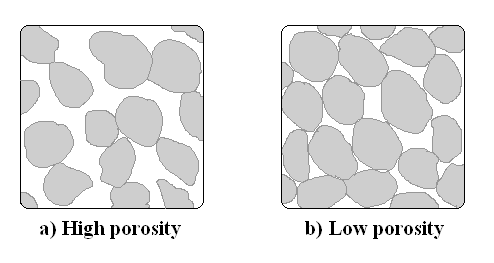Granite is renowned for its beauty and durability, but did you know that its density plays a crucial role in its performance? In this exploration, we’ll uncover the importance of granite density. Join us as we reveal how this often-overlooked characteristic influences everything from structural integrity to design aesthetics, shedding light on the hidden dimension of this magnificent natural stone.

 Image Source: AllMath
Image Source: AllMath
What is Density?
Let us first of all understand, what is density.
Density is a fundamental physical property that describes how much mass is contained within a certain volume of a substance. Essentially, it quantifies how tightly the particles of a material are packed together.
Mathematically, density (ρ) is calculated by dividing the mass (m) of an object or substance by its volume (V):
Density = m/VVolume = Length × Width × Thickness, with all measurements standardized to the same unit, whether it be inches or centimetersFor accurate results, repeat the process with multiple samples from different parts of the granite source and take the average density.
For example, imagine a cube of granite. If you know the mass of the granite cube and measure its volume, you can calculate its density using this formula.

Why is It Important To Know The Density Of Granite?
Material Selection
When selecting material for your project, whether it’s for kitchen countertops, flooring, or architectural facades, understanding the density of the material is paramount. Density serves as a reliable indicator of the granite’s strength, durability, and overall performance. Higher-density material offers superior resistance to wear and tear, making it ideal for high-traffic areas and applications where durability is key. On the other hand, lower-density materials may be more suitable for decorative purposes or projects with less demanding requirements. By considering the density of granite during the selection process, you can ensure that your chosen material not only meets your aesthetic preferences but also delivers the durability and longevity you need for your project to stand the test of time.
READ | The Reason for Material Selection: Engineered Stone Vs Natural Stone
Estimating Costs
The density of granite directly impacts its weight, which in turn has implications for transportation costs. Suppliers must accurately assess shipping expenses by considering the density of the granite. Likewise, consumers benefit from understanding granite weight based on its density to estimate shipping costs effectively and to gauge the weight capacity their structures can handle.
Stability and Structural Integrity
The density of granite influences its structural integrity and stability. High-density granite is less likely to warp, crack, or deform under stress, making it suitable for load-bearing applications such as supporting structural columns or building facades. Understanding the density helps architects and engineers select materials that can withstand the forces acting upon them and ensure the long-term stability of structures.
Granite hardness and density are inherent characteristics, but they are governed by different factors. Hardness reflects the resilience of the minerals within granite, particularly determined by the presence of tough minerals like quartz, feldspar, etc. On the other hand, density is a measure of how tightly packed the molecules are within the granite structure. While hardness signifies resistance to scratching and abrasion, density indicates the compactness of the material. Thus, while both contribute to granite’s overall composition, they represent different aspects of its physical properties.
READ | What Is The Hardness Of Granite? Understanding Granite Hardness on the Mohs Scale
Cost Considerations
While higher-density granite typically offers superior strength and durability, it also comes with a higher price tag due to its quality and performance characteristics. Consumers must consider the trade-offs between upfront costs and long-term value when selecting granite based on density. Lower-density materials may be more affordable initially but could require more frequent maintenance or replacement over time, potentially offsetting any initial cost savings.
Density plays a role in fabrication, where higher-density granite presents a challenge but promises durability. Moreover, it defines the aesthetic, offering a solid, uniform texture with higher density, instilling confidence in its appearance and performance.
READ | Why Natural Stone Is Cheaper In The Long Run Compared To Engineered Options
What are the Factors Affecting Granite Density?
A few factors can influence the density of granite, they are
Mineral Composition
The types and proportions of minerals present in the granite can affect its density. Minerals with higher densities, such as quartz and feldspar, contribute to a higher overall density of the granite.
Porosity
The amount of porosity or open space within the granite can impact its density. Higher porosity typically results in lower density, as there is less solid material present in a given volume.
ALSO READ | Is Granite Porous? or Non-porous or How Porous Is it?
Geological Processes
The geological processes involved in the formation of granite, such as pressure and temperature changes over time, can influence its density. Since granite forms under high-pressure natural conditions, it typically boasts a higher density compared to manufactured materials or those with unnatural density variations.






